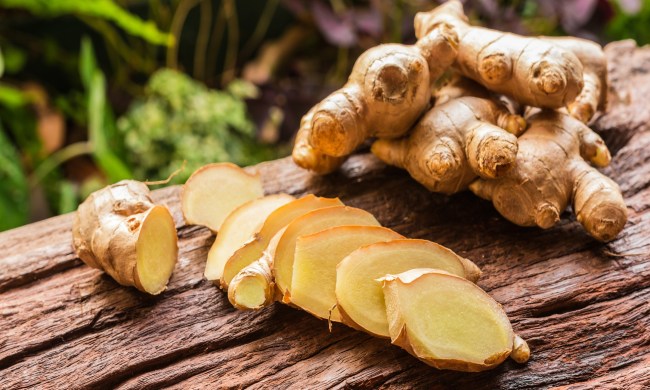Did you know there are more than 75 species of hydrangeas? And while most of us are familiar with the stunning, ball-shaped blooms of pink, purple, and blue displayed on bushes from early spring into fall, hydrangeas can also grow as trees and climbing vines in some areas. This beautiful flower is a lovely addition to any garden, whether a formal English garden or a farmhouse country garden. Plus, they make the perfect gift for a friend!
So, whether you’re looking to multiply the number of hydrangea plants in your own garden or share them with your friends and neighbors, the good news is they are super easy to propagate. These tips and tricks will help you on your way to successfully growing beautiful and prolific baby hydrangea bushes.
Taking successful cuttings
The best time of year to take hydrangea cuttings is late July or early August. It’s around this time of year that hydrangea stems become harder and sturdier. Many gardeners have also found that hydrangea cuttings taken this time of year have a better chance of growing roots, and the roots are more substantial.
The night before you take cuttings from a hydrangea plant, be sure to water the mother plant thoroughly. This allows the plant to soak up as much water as it can, and the cutting you’ll take the next day will be full of life-giving moisture. Cuttings with an abundance of moisture are far more likely to survive and thrive.
It’s also best practice to take cuttings from plants in the morning. This isn’t as important if it’s an indoor plant, but outdoor plants are most hydrated in the early morning before the sun sets in. This will give your cuttings a greater chance of success.
Now it’s time to take the cutting. With disinfected shears, cut your chosen hydrangea stem right below a node. A node is a spot directly under two leaves. You can take a longer cutting with multiple nodes or take smaller cuttings with only one or two.
How to prepare for cutting
Once you have your raw cuttings, you can prepare them for potting. Remove the bottom leaves next to the node. The node will be going into the soil, and leaving those leaves on there would likely result in rot or mold growth. The leaves at the top of the node should now be cut in half. This reduces the amount of plant this baby cutting has to support. Hydrangea leaves can be pretty large. By downsizing them, you’re allowing the plant to get enough light without overtaxing it.
Lastly, dip the node into rooting hormone and you’re ready to pot it.
Select the right container
Another essential steps is selecting the best pot for the job. For hydrangea cuttings, almost any small pot with a drainage hole will do. However, many gardeners have found that clear cups are ideal. The clear plastic lets you see the soil and will make it easier to notice when roots are finally growing. This will also give you a better idea as to when the cutting is ready for transplanting. Unfortunately, plastic cups don’t come with drainage holes, so you’ll need to take a good pair of scissors and cut small holes in the bottom to allow water to flow through. Without drainage holes, you run the risk of your cutting sitting in too much water and developing rot. Root rot can kill a plant within days, especially a vulnerable cutting.
Next, you’ll have to choose potting soil. Almost any standard potting soil will do. Many growers use seed starter for cuttings because of the added nutrients, but even a basic bag of soil should work fine. Just be sure to fertilize the cutting every month or so.
Fill your selected pot with your chosen soil and press lightly to create a loose but sturdy bed for your cutting. Then you can use a pen, marker, or chopstick to make a hole in the center and press your prepared cutting into the hole. Finally, take your finger and gently press the soil around the base of the cutting to give it support.
The last step is to water the cuttings thoroughly. Let the water run through the pot entirely and then let it drain out before putting it on a sunny window sill or under a grow light. Alternatively, you could place them in a tote with a sealable lid. This method allows moisture to circulate between the plants and the container without needing to be watered for the next six weeks.
After about a month or six weeks, these cuttings should have grown a significant number of roots and might even be ready to transplant into bigger pots.
What to know about cuttings
While you impatiently wait for your cuttings to grow roots during those six weeks, it’s essential to keep a close eye and know what’s OK and what is not. First, if leaves are beginning to get brown and crispy, that means your cuttings need more water. Second, since the cuttings were taken in late July or early August, the seasons will likely start to change while waiting for roots to grow. If the leaves are beginning to turn a reddish-purple color, don’t panic. Hydrangeas are deciduous plants, which means they lose their leaves in the winter.
Compared to other semi-hardwood plants, hydrangeas are easy to propagate using these techniques. Whether you’re saving a dying plant, preserving a beloved bush at a grandparent’s house, or just trying to grow new baby plants for yourself, these tips will help you be successful.




